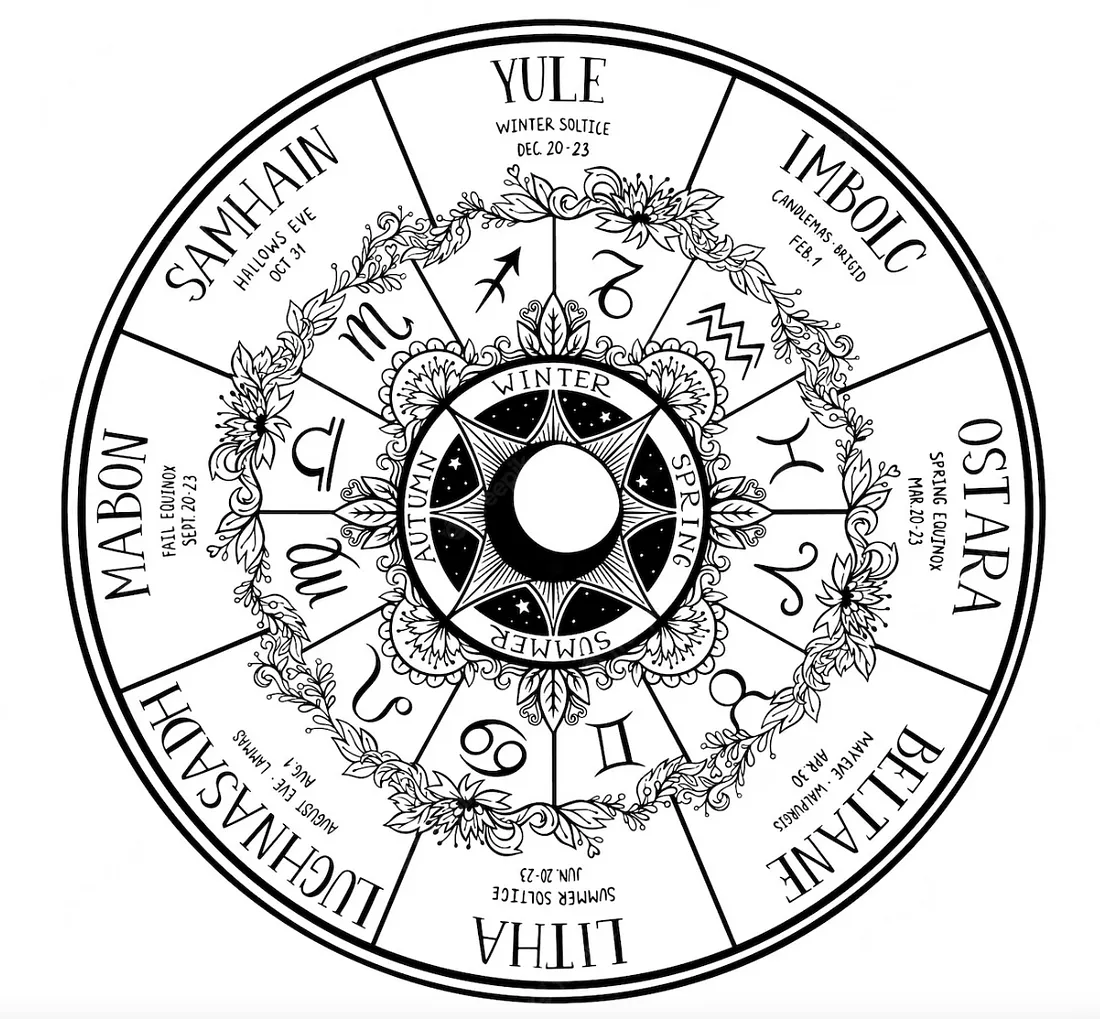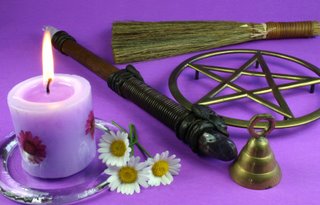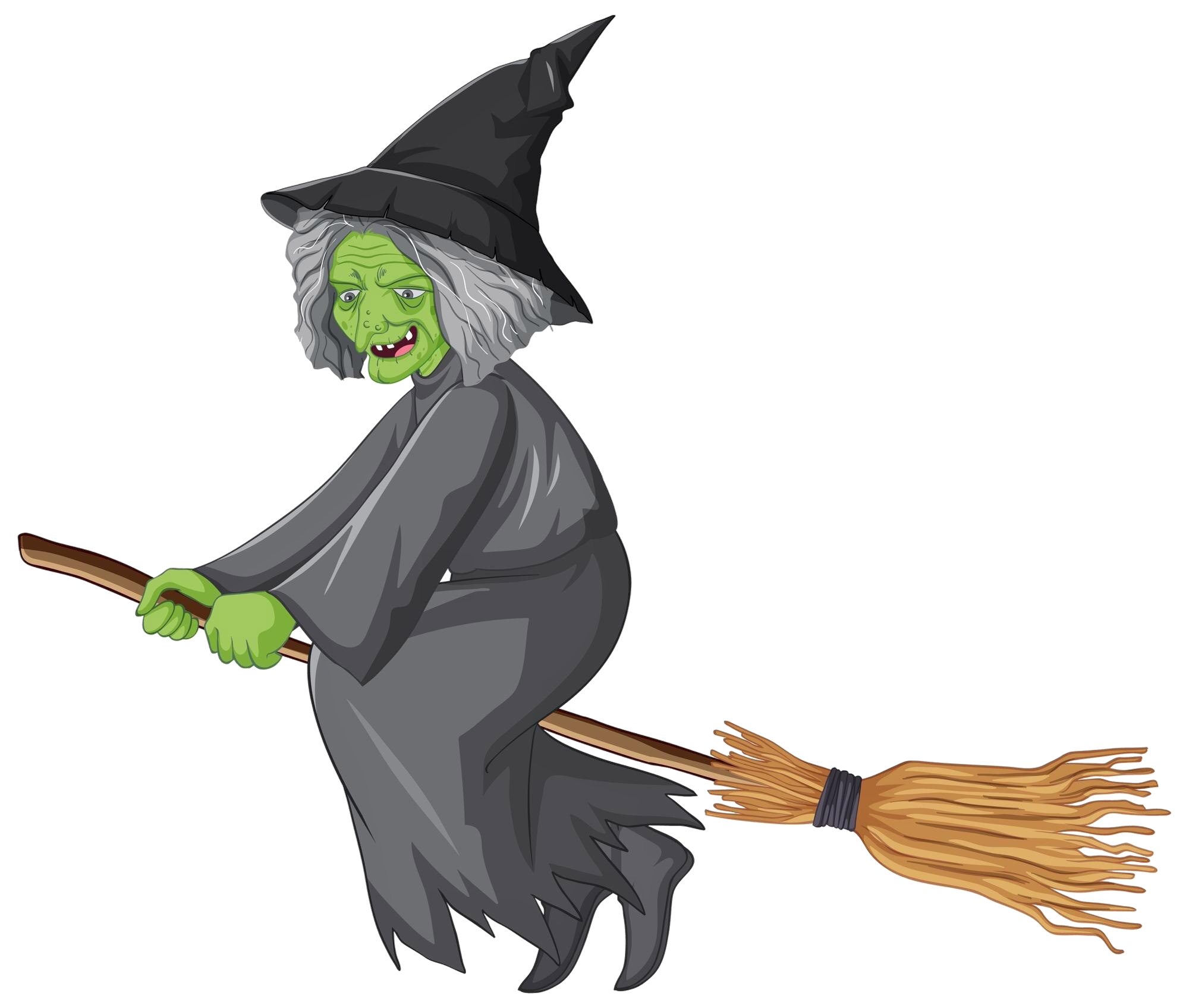- Home
- Witch Holidays
Witch Holidays: The Sabbats and Esbats
Welcome to your journey into the enchanting realm of witch holidays. My name is Stephen, and I'm thrilled to guide you as we unravel the magic and mystery behind the celebrated days that dot the witch's calendar. Whether you're new to the study of witchcraft or just curious about these time-honored traditions, you've come to the right place.

First things first, let's talk about the Wheel of the Year, an essential concept in modern witchcraft. Instead of marking public holidays or birthdays, it celebrates natural cycles and sacred days. The Wheel of the Year is a symbolic calendar that represents the cyclical nature of the seasons and the Earth's journey around the sun. It holds eight major Sabbat festivals, each with its own unique significance and seasonal markers.
These witch holidays are rooted deeply in ancient traditions, drawn from various cultures and passed down through generations. They reflect a deep connection to nature's rhythms and the changing of the seasons. Let's dive into the Wheel of the Year and explore each of the Sabbats.

- Celebrated on October 31st, Samhain marks the witch's New Year. It's a time to honor ancestors and reflect on the past year. Think of it as Halloween with a deeper spiritual significance.
- Next up is Yule, or the Winter Solstice, occurring around December 21st. Yule celebrates the return of the sun and the lengthening of days. The familiar image of the Yule log comes from this tradition, representing warmth and light in the darkest time of the year.
- As we move through the Wheel, we come to Imbolc, around February 1st. Imbolc marks the return of light and the stirrings of spring. It's a time of purification and renewal, often associated with the goddess Brigid.
- Then we celebrate Ostara, the Spring Equinox, around March 20th. With equal daylight and darkness, Ostara honors balance and new beginnings. The traditional association of Easter with rabbits and eggs originated with Ostara.

- Following Ostara is Beltane, celebrated on May 1st. Beltane is a time of fertility and passion, where the earth's energies are at their most potent. It’s marked by revelry and the famous Maypole dance.
- Litha, or the Summer Solstice, takes place around June 21st and celebrates the longest day of the year. It’s a time of manifesting goals and embracing the full power of the sun.
- After Litha comes Lammas, also known as Lughnasadh, around August 1st. This festival celebrates the first harvest and the abundance of the land. Bread and wheat play a central role in Lammas rituals.
- Finally, Mabon, the Autumn Equinox, occurs around September 21st. It marks the second harvest and a time of thanksgiving, as day and night are equal lengths.

As you can see, the Wheel of the Year is an intricate tapestry of celebrations that honor life's cycles. Each Sabbat provides an opportunity to connect with nature and harness its energies.
In addition to the eight sabbats, many witches also celebrate esbats. These holidays are celebrated every full moon, and in some cases on every new moon as well.
Celebrating Witch Holidays
But how do you celebrate these witch holidays if you're just starting out in witchcraft? Don't worry, I've got some easy witchcraft ideas that can help you get started.
- A simple way to celebrate is by decorating your altar or a dedicated space in your home with seasonal symbols, as you reflect on the Sabbat’s themes.
- You could light a candle in a specific color associated with the holiday and meditate on its significance. Lighting candles during Samhain, for example, can honor loved ones who have passed.
- Another easy witchcraft practice is crafting seasonal foods, like baking bread during Lammas or making a hearty stew for Imbolc. Sharing this food with friends and family can enhance the communal spirit of each holiday.
- You might also spend time outdoors. Each Sabbat has its own natural correspondences, making nature walks a wonderful way to attune to the energies present.
- Garden herbs, flowers, or even simple stones can be collected and used to create charms or decoration that resonate with the season.
Rituals can be as elaborate or simple as you wish. The key is to resonate with the season's energy and align your intentions accordingly. If you're inspired by reading about traditional rituals, try reimagining them in a way that fits your lifestyle and current environment.

Books, online resources, and witchcraft communities can offer guidance and inspiration for your celebrations and deepen your understanding. Additionally, many traditions and symbols from these witch holidays have been absorbed into modern culture. This can offer additional points of connection and celebration. For example, decorating with evergreens during Yule has become a cherished winter tradition, symbolizing eternal life and hope.
Maybe you're wondering how you can celebrate these holidays in a meaningful way amidst our busy lives? A simple mindful moment or ritual can be enough to savor the magic. Remind yourself that witchcraft is deeply personal; it's about connecting with the seasons and your spirit in a way that is fulfilling to you. Embracing Witch Holidays doesn't require a complete upheaval of your beliefs. It's about integrating these practices and understanding them at your own pace.

For those who enjoy creative writing or art, you might channel the themes of each Sabbat into your projects, celebrating through expression and creativity. Journaling is another excellent way to record your thoughts and experiences, allowing you to track your spiritual growth throughout the year.
Ultimately, embracing witch holidays can be a beautiful journey of discovering how you relate to nature, tradition, and spirituality. You may find yourself feeling more grounded and in tune with the cycles of nature, which can be incredibly rewarding in our fast-paced world. As you learn more about each holiday, you may want to explore specific deities or symbols associated with them, deepening your practice even further.

The community aspect of witch holidays shouldn’t be overlooked either. These celebrations often bring people together, fostering a sense of unity and shared purpose. While solitary practice is fulfilling, sharing experiences with a group can enhance your understanding and add layers of richness to your celebrations. Learning about witch holidays opens up conversation and connections with others who celebrate or have questions, much like any cultural tradition might.
If you're eager to dive deeper into each holiday, consider joining a local or online community where you can ask questions and share experiences. Some communities even hold public Sabbat celebrations, offering a wonderful opportunity to experience the day’s magic firsthand with seasoned practitioners.

Remember, every journey is unique. There’s no right or wrong way to celebrate these witch holidays, only what resonates with you personally. As you explore, notice how your intuition guides you. Witchcraft inherently encourages personal growth and self-discovery, led by your inner voice. So, take a deep breath and step into this enchanting world at your own pace. The Wheel of the Year is waiting to share its magic.
Whether it's crafting simple rituals or gathering around the warmth of a shared meal, let each holiday enrich your spirit and broaden your understanding. I encourage you to embrace each holiday with curious, open arms, allowing the magic of witch holidays to deepen your connection to everything around you.
Share this page on social media:





New! Comments
Have your say about what you just read! Leave me a comment in the box below.